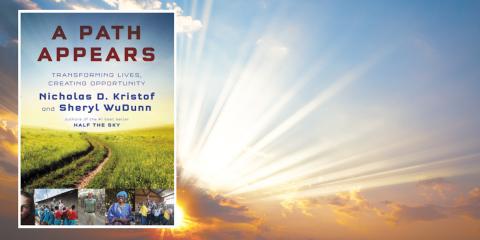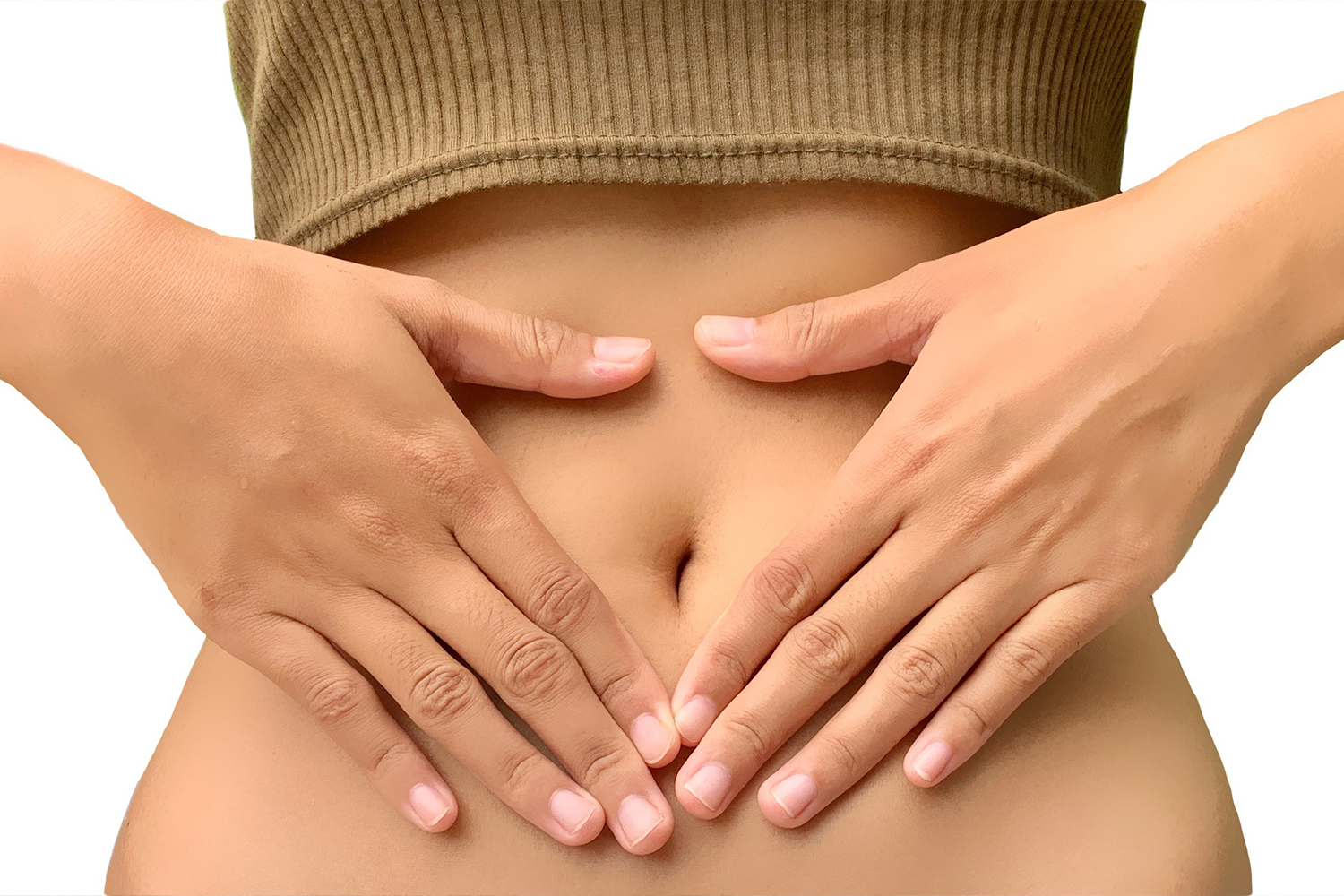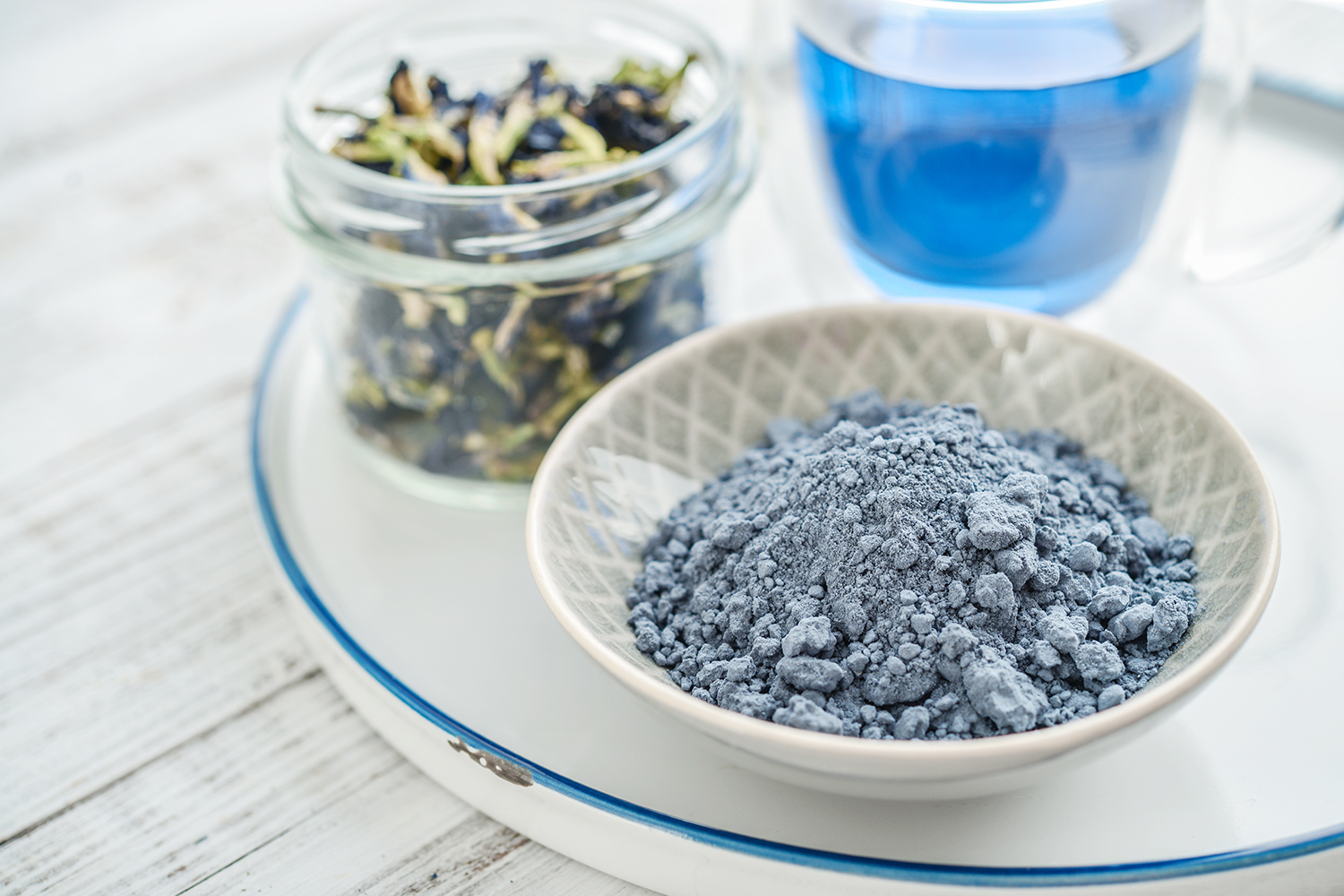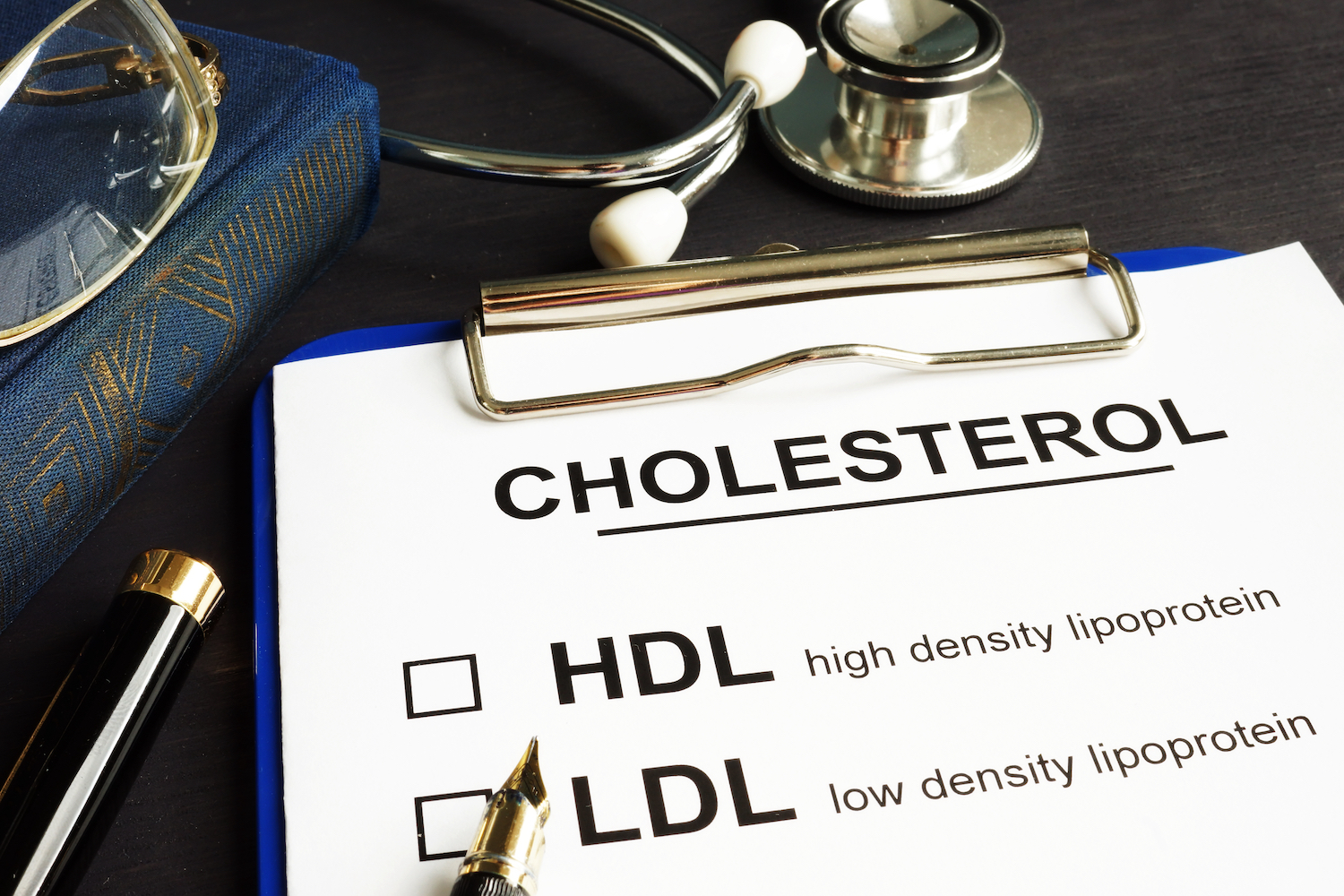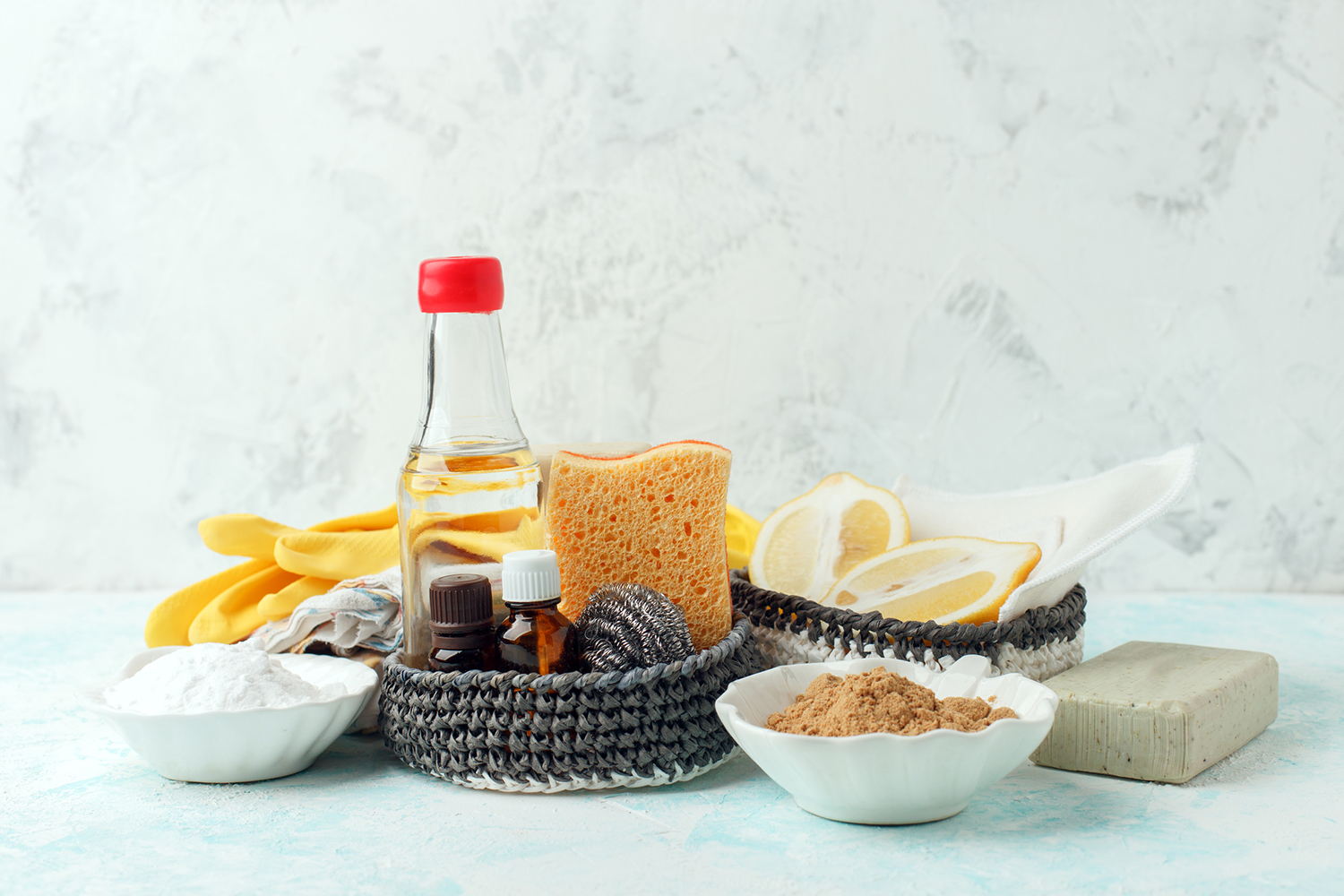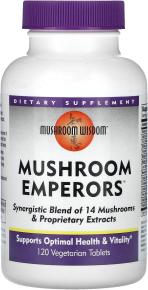As winter approaches and temperatures start to drop, it’s a good time to consider enhancing your beauty routine with collagen. The lack of humidity in the cooler months means skin can be starved for moisture, leading to dryness, chapping, and cracking. Topical solutions can cover the damage, but collagen supplements can help you fight back from the inside out.
Three Types of Collagen
Collagen is ubiquitous in the body, and is a key component of skin’s structure. Different types of collagen—identified by roman numerals—perform unique tasks, so it’s helpful to know what to look for in a supplement.
-
Collagen Type I
Collagen type I, found in bones and skin, is the most plentiful and is commonly used in scientific research.
-
Collagen Type II
Collagen type II is present in cartilage, and may be helpful for relieving symptoms of arthritis.
-
Collagen Type III
Collagen type III appears in skin, muscles, and the walls of the intestines.
It is often combined with type I in supplements that help maintain healthy bones, muscles, and skin.
Read on to learn more about how collagen supplements can help maintain healthy, youthful skin, regardless of the season.
How Collagen Can Help Skin
-
Fight Dryness
Winter skin is prone to dryness, but collagen supplements can keep skin looking soft and supple no matter the weather.
In a study of healthy women with visible signs of aging, daily supplementation with collagen for 12 weeks dramatically improved the appearance of participants’ skin, decreasing visible lines and wrinkles, and beating back dryness and scaling.
-
Stop Wrinkles
Crow’s feet and laugh lines are cutesy names for natural signs of aging that are anything but endearing. Collagen supplements have been shown to help combat lines and wrinkles.
Researchers found that women who took a daily dose of 2.5 grams of hydrolyzed collagen experienced an impressive 20 percent decrease in the appearance of crow’s feet after just eight weeks.
-
Relief for Brittle Nails
Brittle nail syndrome—nails that are rough, ragged, and peeling—has met its match.
A recent study revealed that daily oral supplementation with collagen peptides can boost nail growth and decrease the frequency of broken nails.
As a bonus, the vast majority (88 percent!) of participants continued to see improvements in their nails for up to four weeks after the treatment period.
-
Seal in Moisture
Colder temps can lead to dry, patchy skin. Collagen supplements can help lock in moisture and keep skin looking firm and smooth.
A 2017 pilot study found that daily oral intake of a collagen supplement improved skin elasticity by 12 percent, and study participants reported satisfaction with facial skin softness and hydration at the end of the 50-day treatment period.
Proven Results
Those of us battling the signs of aging want more than a cosmetic fix, and collagen supplements offer hope for a solution that’s more than skin deep.
A new study confirmed the efficacy of collagen supplements, revealing that oral supplementation not only boost collagen peptide levels in the blood, but that those peptides also find their way into the skin.
Researchers concluded that, “. . . functional peptides can be transferred to the skin by dietary supplements of collagen.”



